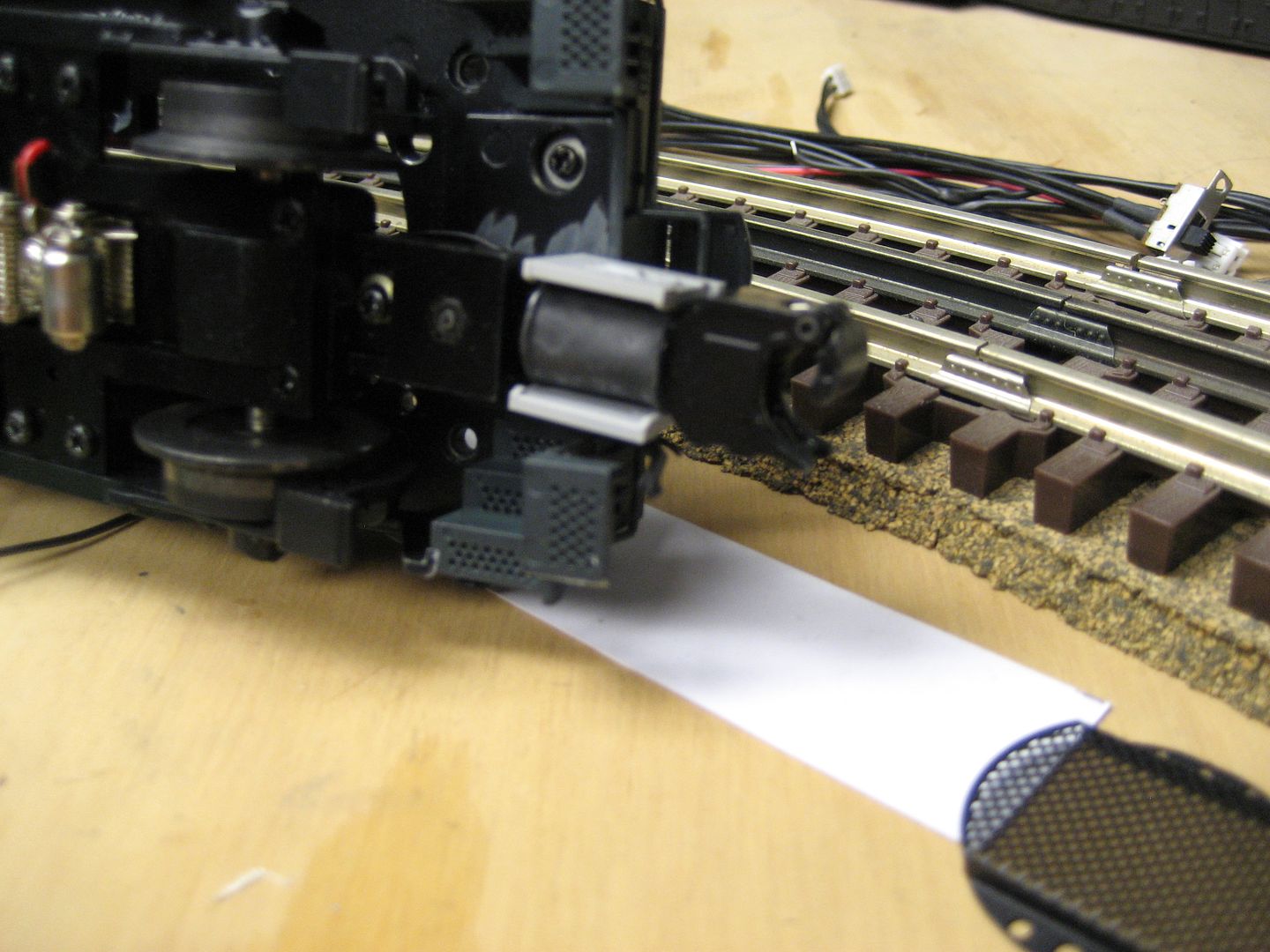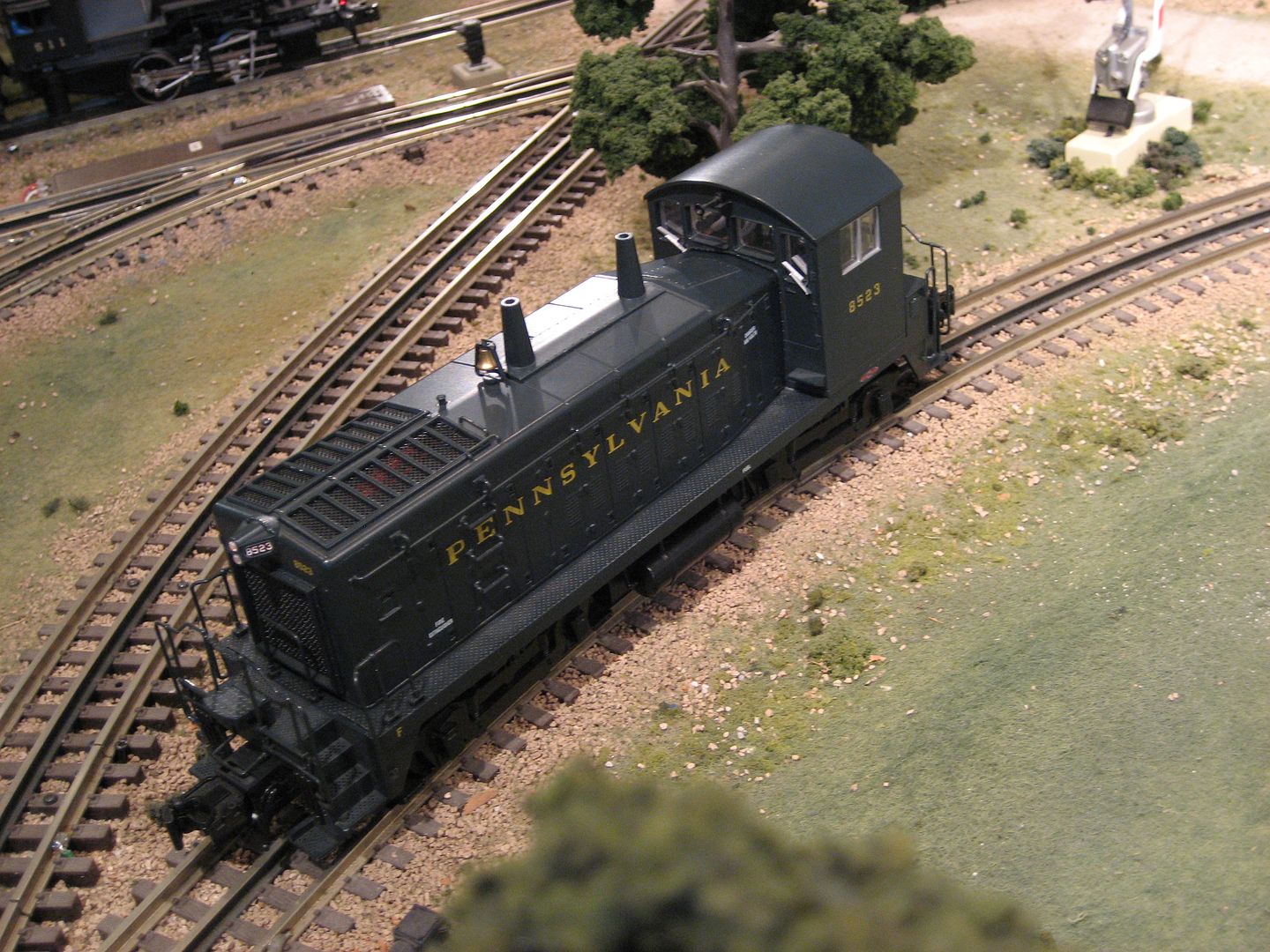I'm looking to add a post war switcher for my freight yard. I have a few magnetic uncoupler sections but not everywhere.
Were there any switchers that were built from the factory to uncouple on the whistle command? I know there were some pre war that were built like this, even some built to reverse on the whistle command and uncouple on the directional power drop off.
I'm thinking a NW-2 would work great but would be open to a steam unit to. I know the 1656 steam switcher is desirable for its low gearing but not sure if it has the feature I want.
Is it a hard conversion to make a coil coupler work on a whistle relay? I am thinking a 624 there are some on eBay with seasoned body shells and no bell or whistle feature to give up in a conversion.


















